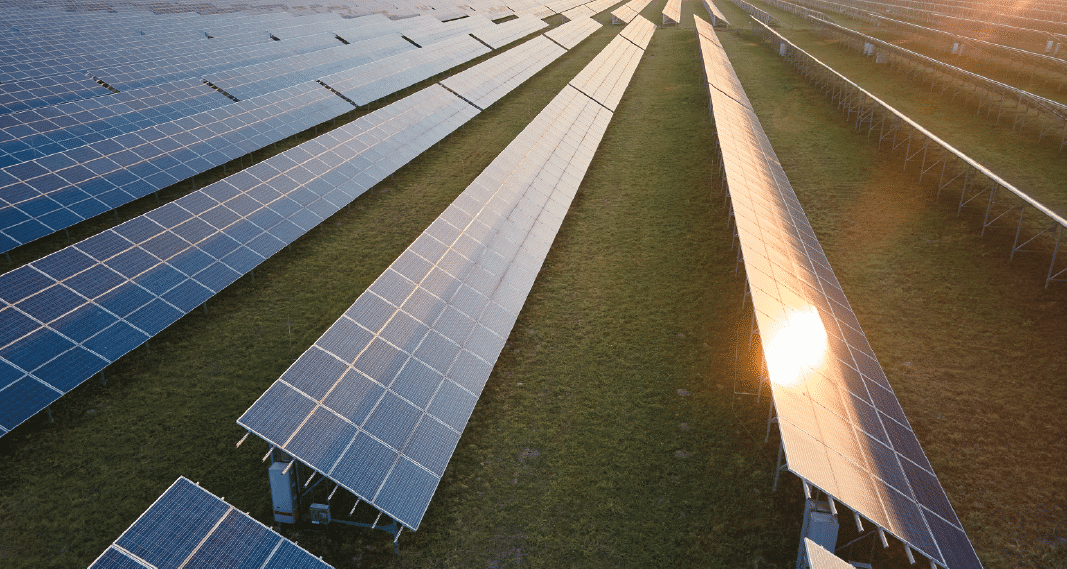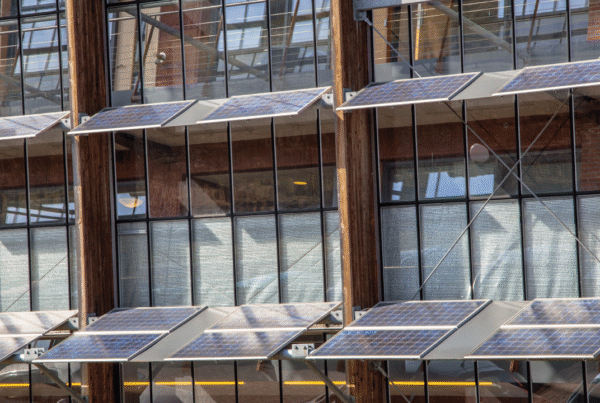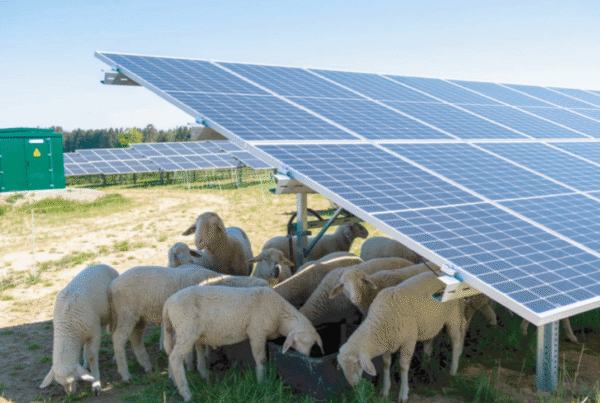
As temperatures rise, the efficiency of solar panels decreases. So high temperatures negatively affect photovoltaics.
Solar panels have a standard operating temperature (STC) rating that indicates their optimum performance at a certain temperature. If temperatures exceed this rating, the efficiency of the panels may decrease. This is because the semiconductor materials used in solar panels have a reduced ability to convert sunlight into electricity at higher temperatures.
On the other hand, high temperatures can cause degradation of the components of the photovoltaic installation. This continuous exposure to the sun can accelerate the ageing of materials, reduce the lifetime of components which increases the cost of maintenance and affects the long-term profitability of an installation.
In addition, heat waves can generate thermal stress on solar panels, causing stress and deformation of the materials, which damages the solar panels and affects their normal operation.
Under normal conditions, solar panels can reach temperatures 25 to 30 degrees above ambient temperature. Therefore, if the temperature of a heat wave is 40 degrees, the panels can reach temperatures of up to 70 degrees.
In conclusion, to mitigate the effects of heat on PV installations, it is important to implement appropriate design and management measures. This may include selecting solar panels with improved heat tolerance, installing cooling or ventilation systems, and regularly monitoring the performance of the installation to identify and address potential problems.
Access Univergy Solar’s news selection to learn more about renewable energy.







